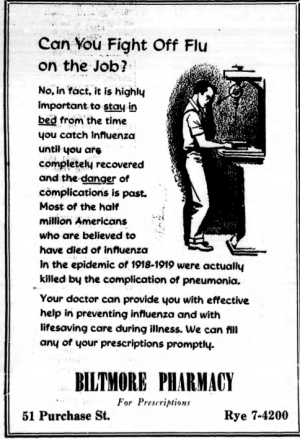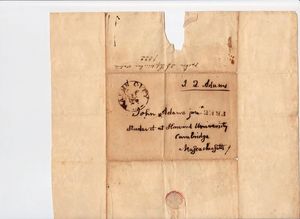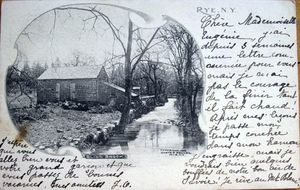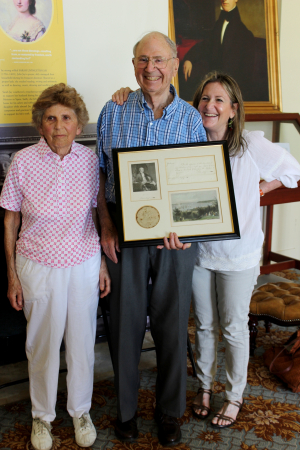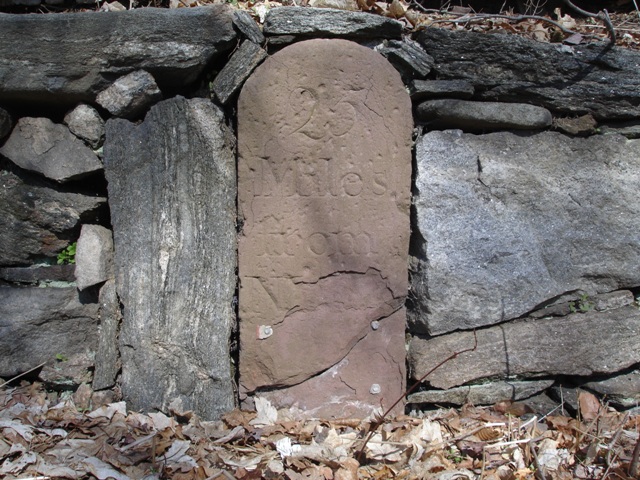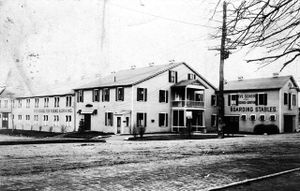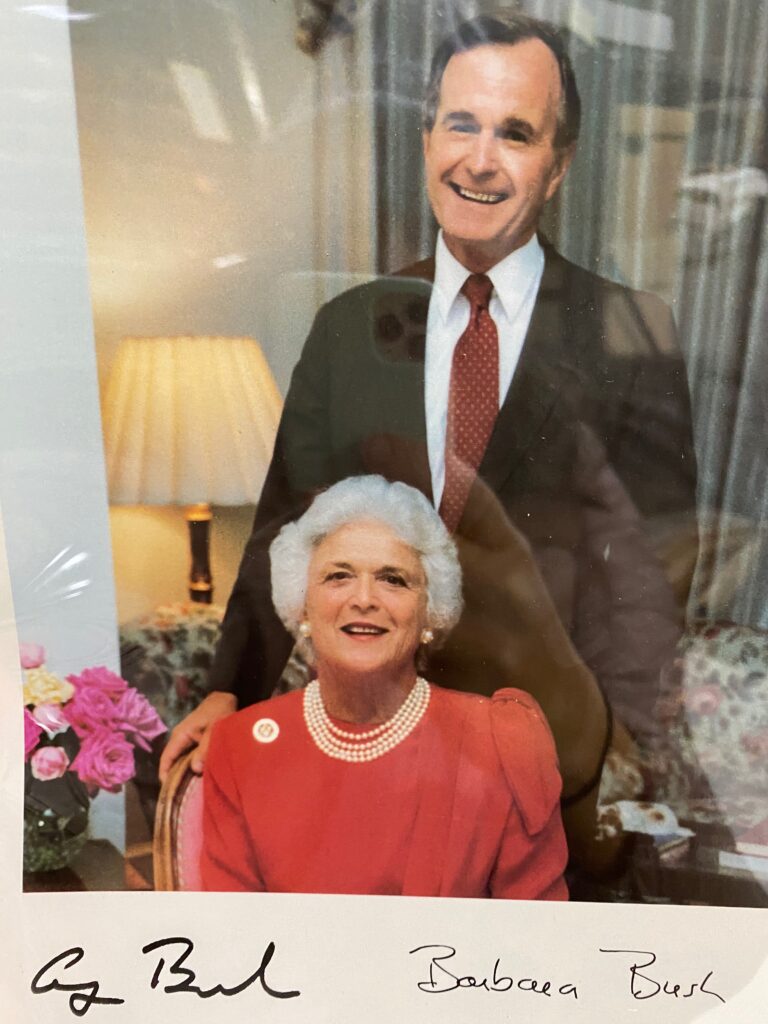Rye & the 1918 Epidemic Déjà vu and the Spanish Flu?
Guest Column by Suzanne Clary, President, Board of Trustees – Jay Heritage
History repeats itself. Or does it? In 1918, local Westchester papers anxiously tracked the incidence of the misnamed “Spanish influenza” just as we are now monitoring Covid-19. The pandemic would last from January 1918 to the close of 1920. This global scourge would ultimately infect over 500 million and kill approximately 650,000 in the United States including several notable residents of Rye:
October 21, 1918, The Daily Argus
Everett H. Gedney, Editor and Manager of the Rye Chronicle, died Saturday of pneumonia following influenza. He was 32 years old and began his newspaper career at the age of 14.
The virus alarmed newspaper readers further when it claimed the life of Robert Faulkner Putnam, a Post Road resident who died in late October 1918. Putnam was treasurer of G. P. Putnam & Sons and worked in New Rochelle with the Knickerbocker Press. (More people likely remember his brother George who survived the epidemic and later married Amelia Earhart.)
As of November 1918, Rye had recorded 253 cases of influenzas, 32 incidences of pneumonia and 23 mortalities. To keep spirits and sales up, journalists pragmatically made even more space in their columns for sanguine reports of recovery. Rye was still small and reports that the local butcher Henry Ziph of Purchase Street was “recovering from an attack of influenza and is able to sit up” spread hope as did other news items:
November 9, 1918, Rye Chronicle
Raymond Hecker, of Grace Church Street, who has been quite ill from influenza, is recovering rapidly and will soon be out again.
* * *
The family of Chief of Police William H. Balls are recovering nicely from influenza, all the members having been ill at the same time.
By 1920, Health Officer Dr. George Hogben tabulated the existence of one hundred cases of influenza and twelve of pneumonia but considered “the contagion to be on the wane.”
This plague was so imprinted in public consciousness, that nearly 35 years later in 1954, the deadly specter was effectively invoked again by Rye's local Biltmore Pharmacy on Purchase Street (see photo above).
The ad’s advice to stay home when you’re sick to protect others holds true today. And whether we call it social distancing or quarantine, the best kind of medicine then and now is preventive.
Although the comparative scales of these two pandemics separated by over a century has yet to be fully measured by scientists, so far, statistics associated with the corona virus outbreak are dwarfed by historic data for the 1918 virus.
Let’s keep it that way in Rye. A link to recommendations from the CDC can be found here.
Be well!

